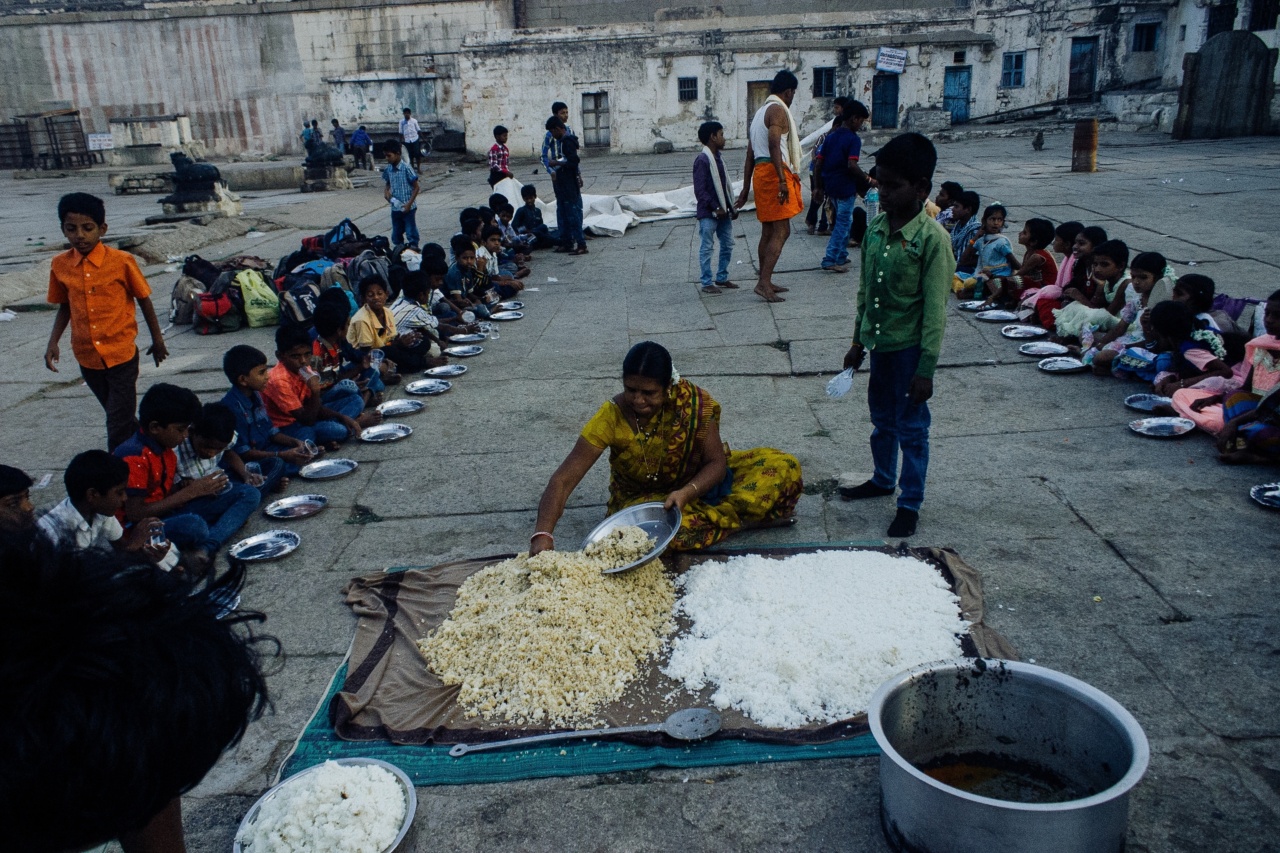Parents of young children are often advised to feed their children soft, easy to digest foods, such as pureed fruits and vegetables or rice cereal.
However, during the dangerous age, when children are learning to eat solid food and are prone to choking and other hazards, rough food is the only option.
The Dangerous Age
The dangerous age, usually around six months to a year old, is when children start exploring different foods and textures.
Unfortunately, this is also the age when they are most vulnerable to choking, as they have not yet developed the ability to properly chew and swallow their food. Soft, pureed foods can mask the textures and sensations that are important for their development, and can increase their risk of choking.
The Benefits of Rough Food
Rough, textured foods such as raw fruits and vegetables, whole grains, and meats not only provide the necessary nutrients for a child’s growth and development, but also help them develop essential oral motor skills.
These skills, such as chewing and swallowing, are critical for speech development, as well as preventing choking hazards.
Preventing Choking Hazards
While rough food can help prevent choking hazards in the long run, it is important to take precautions to prevent mishaps during mealtime.
Parents should always supervise children while they are eating and make sure they are sitting upright, as well as cutting food into small, bite-sized pieces. Comfortable and relaxed atmosphere during mealtime is key, as it can help foster positive associations with food and prevent mealtime battles in the future.
Preparing Rough Food
When introducing rough food to young children, it is important to prepare it in an age-appropriate way. Raw fruits and vegetables can be cut into small pieces or grated, while meats can be ground or shredded.
Whole grains can also be ground or cooked until tender. It is important to avoid overly tough or stringy foods that may be difficult for a child to chew and swallow.
Managing Allergies
Rough food can also help prevent the development of food allergies. Early introduction of potential allergens, such as peanuts or shellfish, has been shown to help reduce the risk of allergies in children.
However, it is important to consult with a pediatrician before introducing such foods to a child, particularly if there is a family history of allergies.
Maintaining a Balanced Diet
While rough food is an important part of a child’s diet, it is important to maintain a balanced diet that includes a variety of foods from all food groups.
Parents should aim to introduce a diversity of textures and flavors, and encourage healthy eating habits early on.
The Role of Parents
Children learn healthy eating habits from their parents and caregivers. It is important for parents to model healthy eating behaviors, as well as provide a supportive and positive mealtime environment.
Parents should encourage exploration of different foods and textures, and avoid pressuring children to eat or bribing them with treats.
The Benefits of Rough Food in the Long-Term
Introducing rough food during the dangerous age can have benefits that last into adulthood. Children who are exposed to a variety of textures and flavors are more likely to develop healthy eating habits, and maintain them throughout their lives.
Early introduction of allergens can also help prevent the development of food allergies, which can be life-threatening. Ultimately, rough food is the only option during the dangerous age, but it can provide lifelong benefits for children.
Conclusion
Rough food is the only option for young children during the dangerous age, as it helps them develop essential oral motor skills, prevents choking hazards, and can even reduce the risk of developing food allergies.
Parents should aim to provide a diverse range of textures and flavors, while also maintaining a balanced diet that includes foods from all food groups. With a supportive and positive mealtime environment, parents can help their children develop lifelong healthy eating habits.




























